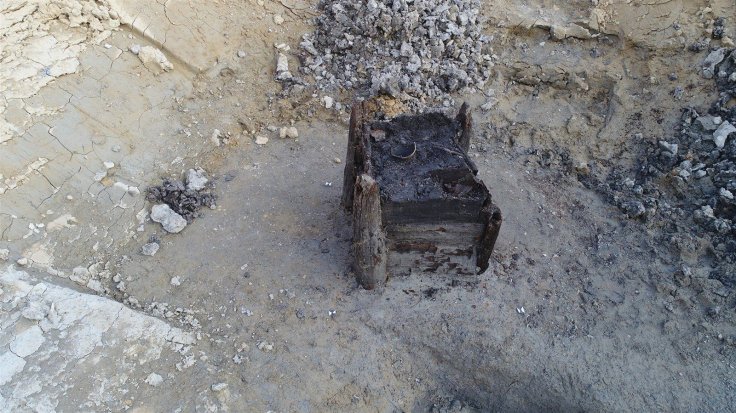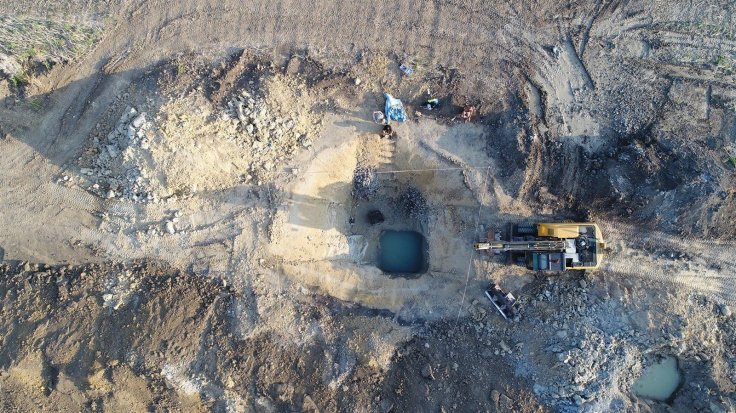A well built in the Early Neolithic period —over 7,000 years ago— by farmers in modern-day Czech, may be the oldest wooden structure known to man on this planet, according to archaeologists. The well was accidentally discovered near the town of Ostrov while digging for a highway in 2018.
Following the discovery, archaeologists excavated a wooden structure lining the water well. It was found to be 140 cm in height and its base are was 6400 sq cm. The findings from the excavation will be published in a study in March 2020. However, the abstract highlighting key features of the find is available.
"We believe it was used by settlers during what we call the Neolithic Revolution, during a transition from a lifestyle of hunting and gathering to one of agriculture and settlements," said Jaroslav Peška, co-author of the study and head of the Archaeological Centre in Olomouc, to Radio Prague International.
Dating the well
The wood used to make the well is estimated to have been felled in the 5256 or 5255 BC, making it the oldest dendrochronologically dated wooden archaeological construction in the world. Dendrochronology refers to the study of time or chronology using the growth in the width of the tree.

"According to our findings, based particularly on dendro-chronological data, we can say that the tree trunks for the wood used were felled in the years 5255 and 5256 BC. The rings on the trunks enable us to give a precise estimate, give and take one year, as to when the trees were felled," said Peška.
Older than the earlier estimation
In the last four years, two other wells have been discovered in the Czech Republic, that belong to the Early Neolithic period. The style of construction demonstrates an advanced understanding of technicalities of carpentry known till that time. It is also the only known style or type from the historical period and region. Archaeologists say that this construction was an isolated one and may have served various settlements that lived at a distance from the well.
However, using dendrochronological dating methods, the time period of the well has been extended further into the past to the year 5481 BC. If one goes by the accepted date, then the well becomes nearly 7,500 years old. The type of wood used to build the well has been found to consist mostly of hazel and oak wood based on anatomical identification of the wood, consistent with the forest cover nearby.

Sophisticated skills
The form of the structural elements and preserved marks left behind by tools suggest advanced carpentry skills according to archaeologists. The construction of this well was unique and had been built using construction techniques prevalent during the Bronze and Iron ages and even the Roman Age. "We had no idea that the first farmers, who only had tools made of stone, bones, horns, or wood, were able to process the surface of felled trunks with such precision," said Peška.
Restored using SUGAR!
Peska said that the wood was preserved due to its being underwater for centuries. Letting the wood dry out would have led to its disintegration, causing damage to the structure. Therefore, the experts had to replace the water within the wood with something that would preserve its structural integrity. So they turned to a commonly-used conservation agent – sugar. And aiding them in this process were experts from the University of Pardubice.
"That is why we will gradually replace the water with a new preservative that each of us knows and uses. It is saccharose. So we will increase the concentration of the sugar solution," explained Karol Bayer, Vice-Dean of the Faculty of Restoration, University of Pardubice, in a statement. After the restoration process that may last up to two years, the well will be displayed in Pardubice Museum for public viewing.









